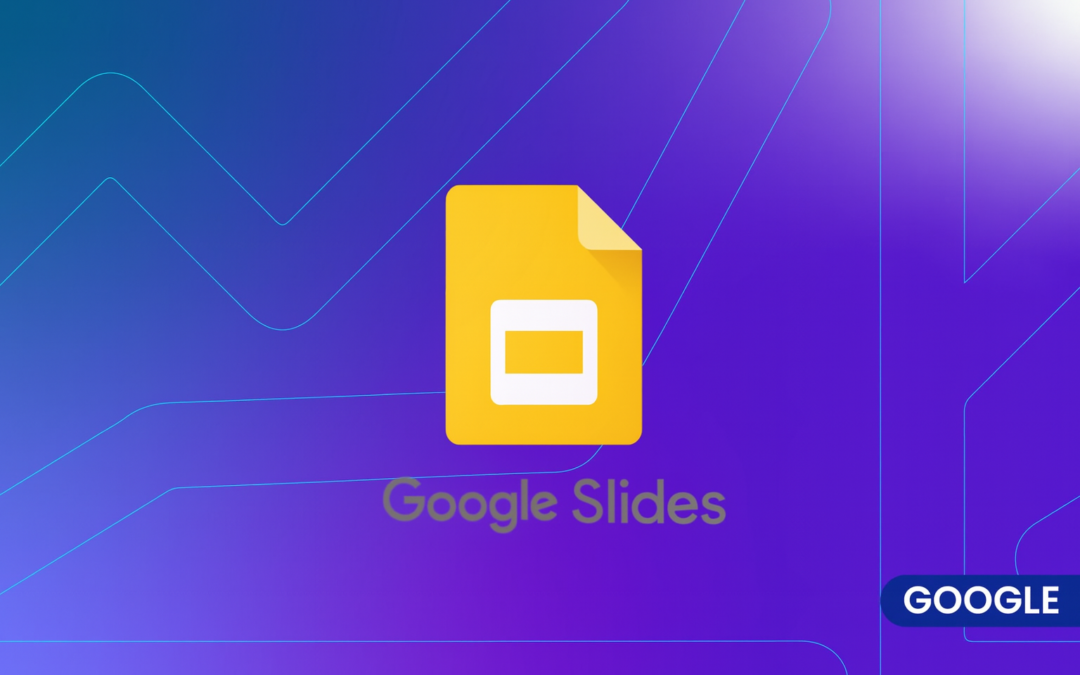Perplexity is one of the search engines with artificial intelligence that is growing in popularity. Unlike traditional engines such as Google, its approach is based on delivering AI-generated conversational answers, citing specific sources and offering a more fluid and direct experience. But what about SEO in this new context? How can you get listed on Perplexity?
For those working in digital marketing and content creation, understanding how to position themselves on these platforms is not just an option: it is an opportunity to gain visibility in a field that few are exploring.
What is Perplexity and how does it work?
Perplexity combines an advanced language model (based on OpenAI) with a real-time search engine. When a user makes a query, the AI responds with a clear and direct summary, accompanied by citations to the sources used. This means that if your content is considered useful and reliable, it can be cited directly in the answer generated by the search engine.
Unlike Google, where you compete for positions in the classic results (SERPs), at Perplexity the focus is on being a reliable source for AI.
How to optimize your content to appear in Perplexity
Take care of authority and clarity.
The content that Perplexity cites usually comes from reputable sources (authoritative domains, trusted media, well-structured technical blogs). It also values clear, well-formatted explanations and direct response to the search intent.
Tip: include clear definitions, direct answers and use subtitles that segment the information well.
2. Use natural language and conversational tone
AI models understand content written in natural language better. Clear sentences, without excessive jargon, and with good semantics help your content to be more easily interpreted and selected as a useful citation.
3. Answers frequently asked questions
Many users come to Perplexity with questions such as "what is...", "how does it work...", "what are the benefits of...". If your site answers directly to these questions, you have more chances to be cited.
4. Structure the HTML well
Clear headings (<h1>, <h2>, <p>), lists and internal links help crawlers (including Perplexity's) to better interpret your content and associate it with key topics.
5. Use reliable sources and link data.
Perplexity's AI prioritizes sources that cite their data well. If your article has statistics, studies or external references, all the better.
What metrics to look at to see if you're showing up
Today there are no tools that directly measure traffic from Perplexity. However, you can monitor:
- Increases in mentions/quotes detected by AI platforms.
- Traffic increases on pages with content optimized for frequently asked questions.
- Organic engagement in educational articles or practical guides.
Bonus: how to include this in your SEO report
Tools such as Master Metrics allow you to customize SEO and traffic reports, and could include manual or automated search engine visibility monitoring with AI. In fact, by integrating it into a marketing dashboard, you can cross-track with other channels and campaigns.




